April 18 stands as one of history’s most eventful days, witnessing the rise and fall of empires, groundbreaking discoveries, and moments that shaped our modern world across centuries of human achievement.
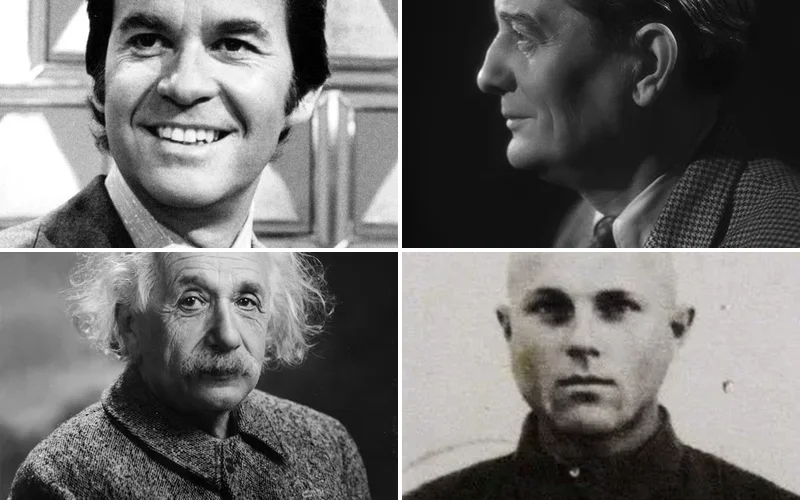
Politics and Government Events on April 18
1949 – The Republic of Ireland Act comes into force
The Republic of Ireland Act officially severed Ireland’s remaining constitutional ties with Britain on this historic date. The legislation transformed Éire from a dominion into a fully independent republic.
This momentous decision ended Ireland’s association with the Commonwealth of Nations. The act represented the culmination of decades of Irish struggle for complete independence from British rule.
1980 – The Republic of Zimbabwe comes into being
Zimbabwe achieved independence from British colonial rule with Canaan Banana becoming the nation’s first President. The newly formed republic replaced the former Rhodesian government structure.
The Zimbabwean dollar replaced the Rhodesian dollar as the official currency during this transition. This transformation marked the end of white minority rule and the beginning of African majority governance.
1938 – Robert Menzies elected as leader of the United Australia Party
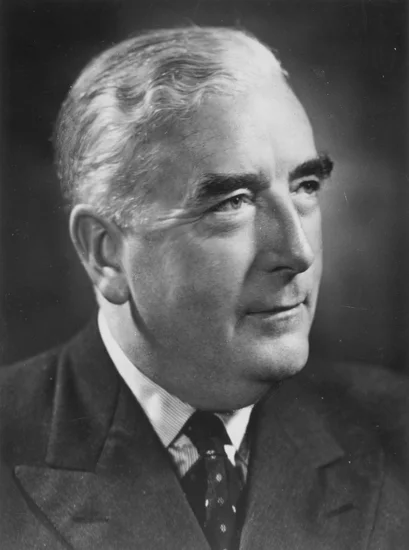
Robert Menzies secured leadership of the United Australia Party following Prime Minister Joseph Lyons’ death. This political victory positioned him to become Australia’s future longest-serving prime minister.
Menzies’ leadership would prove transformative for Australian politics over the coming decades. His election marked the beginning of a political career that would span multiple generations.
1954 – Gamal Abdel Nasser seizes power in Egypt

Egyptian military officer Gamal Abdel Nasser successfully consolidated control over Egypt’s government through political maneuvering. His ascension marked the beginning of a new era in Middle Eastern politics.
Nasser’s rise to power would reshape regional dynamics and Arab nationalism for decades. His leadership style and policies would influence political movements throughout the Arab world.
1942 – Pierre Laval becomes Prime Minister of Vichy France
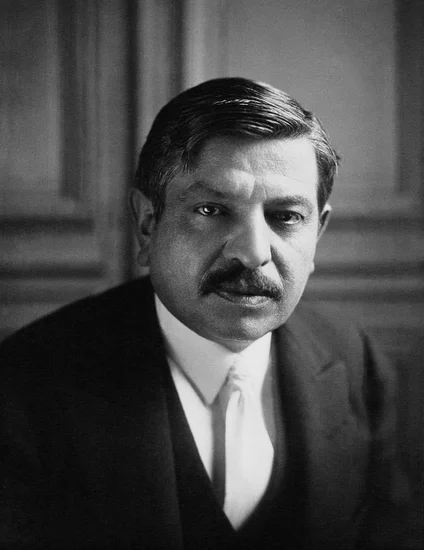
Pierre Laval assumed the role of Prime Minister in the German-controlled Vichy French government. His appointment represented increased collaboration between the Vichy regime and Nazi Germany.
Laval’s leadership during this period would later result in his trial for treason. His policies significantly impacted French resistance movements and civilian populations under occupation.
2018 – King Mswati III announces Swaziland’s name change to Eswatini
King Mswati III officially announced that Swaziland would be renamed Eswatini during independence celebrations. The name change aimed to restore the country’s original African identity.
This decision eliminated confusion with Switzerland and emphasized the nation’s cultural heritage. The new name Eswatini means “land of the Swazis” in the local language.
2018 – Anti-government protests start in Nicaragua
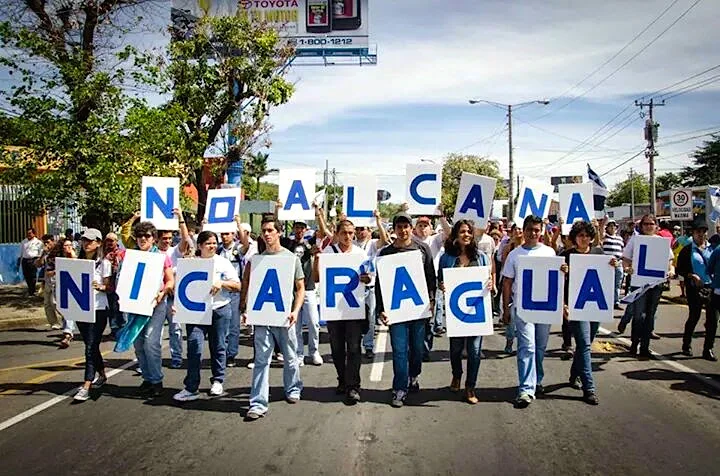
Massive anti-government demonstrations erupted across Nicaragua challenging President Daniel Ortega’s administration. The protests began over proposed social security reforms but expanded into broader political opposition.
These demonstrations marked the beginning of sustained civil unrest in the country. The protests highlighted growing dissatisfaction with authoritarian governance and economic policies.
2019 – Mueller report released to Congress and public
The Department of Justice released a redacted version of Special Counsel Robert Mueller’s investigation report. The document detailed findings from the investigation into Russian interference in the 2016 election.
This release concluded one of the most significant political investigations in recent American history. The report’s findings would continue to influence political discourse and legal proceedings.
Military and Naval History on April 18
1942 – The Doolittle Raid on Japan
American bombers executed a daring raid on Japanese cities including Tokyo, Yokohama, Kobe, and Nagoya. Lieutenant Colonel James Doolittle led sixteen B-25 bombers launched from the aircraft carrier USS Hornet.
This audacious mission marked the first Allied bombing of the Japanese mainland during World War II. The raid boosted American morale and demonstrated Japan’s vulnerability to air attack.
1943 – Operation Vengeance kills Admiral Isoroku Yamamoto
American fighter planes intercepted and shot down Admiral Yamamoto’s aircraft over Bougainville Island. The architect of the Pearl Harbor attack died when his plane crashed in the jungle.
This targeted assassination eliminated Japan’s most capable naval strategist during a critical phase of the Pacific War. Intelligence intercepts had revealed Yamamoto’s flight schedule, enabling the precise strike.
1945 – Over 1,000 bombers attack Heligoland
Allied forces launched one of the largest bombing raids of the war against the German island of Heligoland. More than 1,000 bombers participated in this massive assault on German coastal defenses.
The raid targeted strategic military installations and fortifications on the North Sea island. This overwhelming display of air power demonstrated Allied superiority in the war’s final months.
1915 – French pilot Roland Garros shot down
French aviation pioneer Roland Garros crash-landed behind German lines after being shot down during aerial combat. His capture provided German engineers with crucial intelligence about Allied aircraft technology.
Garros had revolutionized air warfare by developing synchronized machine gun systems for fighter aircraft. His innovative techniques influenced the development of aerial combat tactics throughout the war.
1916 – Italian troops conquer Col di Lana
Italian forces successfully captured the strategic Col di Lana position from Austrian defenders in the Dolomites. This victory came through extensive mine warfare operations conducted at high altitude.
The conquest of this mountain stronghold demonstrated Italian tactical innovation in alpine warfare. The operation required months of dangerous tunneling and explosive placement beneath Austrian positions.
1988 – United States launches Operation Praying Mantis
American naval forces engaged Iranian military units in the largest naval battle since World War II. The operation targeted Iranian naval assets in response to mine attacks on international shipping.
This decisive engagement demonstrated American naval superiority in the Persian Gulf. The operation successfully degraded Iranian naval capabilities and protected vital shipping lanes.
Science and Discovery Milestones on April 18
1955 – Albert Einstein dies
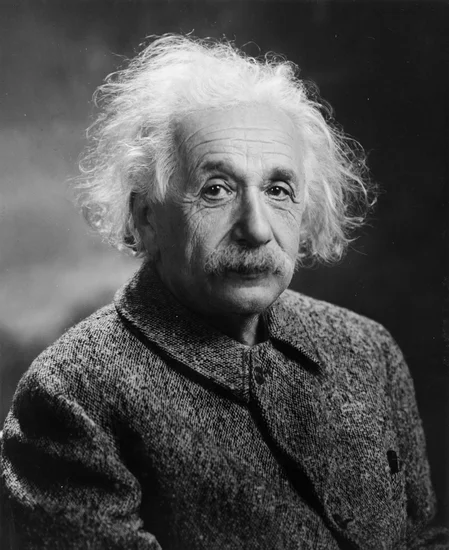
The world lost its greatest scientific mind when Albert Einstein passed away at Princeton Hospital. His revolutionary theories of relativity transformed humanity’s understanding of space, time, and the universe.
Einstein’s contributions to physics earned him the Nobel Prize and eternal recognition as history’s most influential scientist. His work laid the foundation for modern physics and countless technological advances.
1945 – John Ambrose Fleming dies

British physicist and engineer John Ambrose Fleming died after revolutionizing electronics through his invention of the vacuum tube. His innovations made modern radio and television broadcasting possible.
Fleming’s vacuum tube became the foundation of electronic amplification and detection systems. His work enabled the development of early computers and communication technologies that shaped the modern world.
1947 – Operation Big Bang destroys Heligoland installations
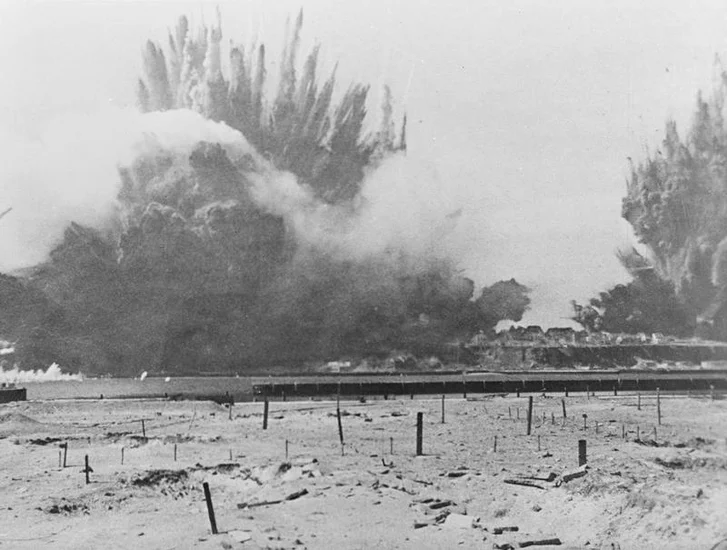
British forces detonated the largest non-nuclear explosion in history to destroy German military installations on Heligoland. The massive blast eliminated bunkers and fortifications left from World War II.
This controlled demolition demonstrated advances in explosive engineering and ordnance disposal techniques. The operation required precise calculations to contain the blast’s effects while maximizing destruction.
Cultural and Arts Events on April 18
1938 – Superman debuts in Action Comics #1

The world’s first superhero made his debut in Action Comics #1, creating the template for an entire genre. Superman’s appearance launched the Golden Age of comic books and influenced popular culture forever.
Created by Jerry Siegel and Joe Shuster, Superman became an enduring symbol of heroism and justice. The character’s success spawned countless imitators and established the superhero comic book industry.
1974 – Marcel Pagnol dies
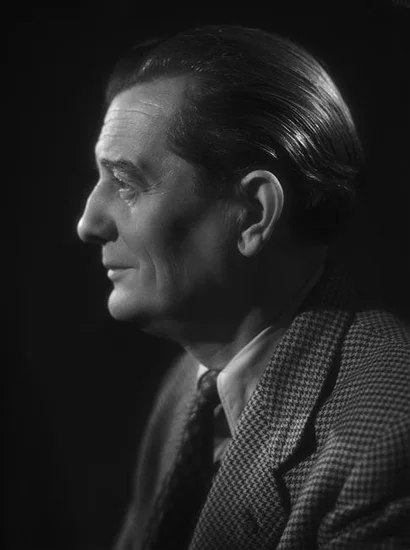
French author, playwright, and director Marcel Pagnol passed away, leaving behind a legacy of beloved literary and cinematic works. His stories of Provence captured the essence of French rural life and culture.
Pagnol’s films and plays brought authentic regional characters to international audiences. His works bridged the gap between literature and cinema, influencing generations of French filmmakers and writers.
1936 – Ottorino Respighi dies
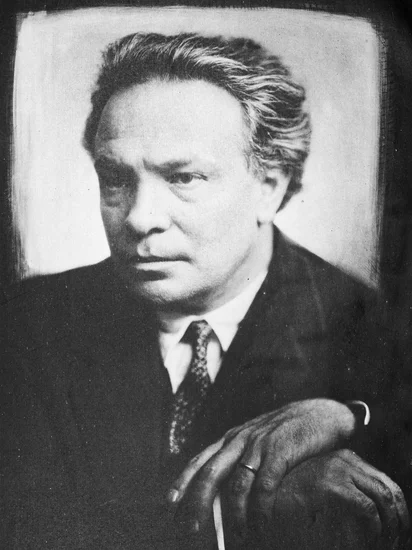
Italian composer and conductor Ottorino Respighi died at the height of his creative powers. His symphonic poems celebrating Roman history and culture established him as one of Italy’s greatest modern composers.
Respighi’s orchestral works combined traditional Italian melodies with contemporary harmonies and orchestration techniques. His music captured the grandeur of ancient Rome while appealing to modern audiences worldwide.
2012 – Dick Clark dies
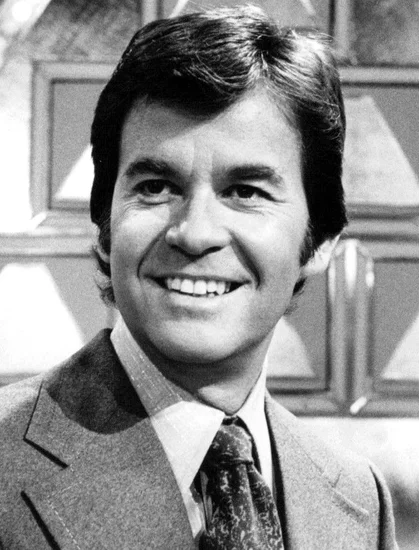
Television host and producer Dick Clark passed away, ending an era in American entertainment. His iconic “American Bandstand” program introduced rock and roll to mainstream television audiences.
Clark’s influence on popular music and television entertainment spanned six decades. His New Year’s Eve celebrations became an American tradition, earning him the nickname “America’s Oldest Teenager.”
Religious and Social Events on April 18
1909 – Joan of Arc is beatified in Rome

The Catholic Church formally recognized Joan of Arc as blessed during beatification ceremonies in Rome. This religious honor acknowledged her spiritual significance and miraculous intercessions.
Joan’s beatification represented a crucial step toward her eventual canonization as a saint. The ceremony vindicated the French peasant girl who claimed divine visions guided her military campaigns.
1930 – Fire kills 118 people at Romanian church
A devastating fire erupted during Good Friday services at a wooden church in Costești, Romania. The tragedy claimed 118 lives, predominantly schoolchildren attending the religious ceremony.
This catastrophic event shocked the Romanian Orthodox community and highlighted the dangers of overcrowded wooden structures. The fire’s rapid spread left little time for evacuation, making it one of Romania’s worst church disasters.
1955 – Twenty-nine nations meet at Bandung Conference
Representatives from twenty-nine Asian and African nations gathered in Bandung, Indonesia, for the first Asian-African Conference. This historic meeting established the foundation for the Non-Aligned Movement.
The conference addressed colonialism, racism, and economic cooperation among developing nations. Bandung became a symbol of Third World solidarity and independence from Cold War power blocs.
Business and Economic Events on April 18
1946 – International Court of Justice holds inaugural meeting
The International Court of Justice convened its first session in The Hague, Netherlands, establishing the world’s primary judicial body. This institution became the United Nations’ principal legal organ for international disputes.
The court’s establishment marked a significant step toward international rule of law and peaceful conflict resolution. Its creation demonstrated the global community’s commitment to justice and diplomatic solutions over military force.
1912 – RMS Carpathia brings Titanic survivors to New York
The Cunard liner RMS Carpathia arrived in New York Harbor carrying 705 survivors from the RMS Titanic disaster. This rescue operation saved hundreds of lives from one of history’s most famous maritime tragedies.
Carpathia’s heroic response to the Titanic’s distress calls demonstrated the importance of radio communication at sea. The rescue highlighted both human courage and the need for improved maritime safety regulations.
1980 – Elmore City holds its first dance
The small Oklahoma town of Elmore City hosted its first dance in the community’s history, breaking decades of local prohibition. This event inspired the popular movie “Footloose” and symbolized changing social attitudes.
The dance represented a victory for young people who challenged traditional restrictions on social activities. This cultural shift reflected broader changes in American small-town values during the 1980s.
Transportation and Infrastructure on April 18
1972 – East African Airways Flight 720 crashes

East African Airways Flight 720 crashed during a rejected takeoff from Addis Ababa Bole International Airport in Ethiopia. The accident killed 43 passengers and crew members during what should have been a routine departure.
This tragic accident highlighted the dangers of high-altitude airport operations and mechanical failures. The crash led to improved safety protocols and better training for high-altitude airport procedures.
1902 – Guatemala earthquake devastates region

A powerful 7.5 magnitude earthquake struck Guatemala with devastating intensity, killing between 800 and 2,000 people. The tremor caused widespread destruction across the Central American nation.
This natural disaster demonstrated the seismic vulnerability of Guatemala’s mountainous terrain and adobe construction. The earthquake’s impact led to improved building codes and disaster preparedness measures.
1906 – San Francisco earthquake and fire
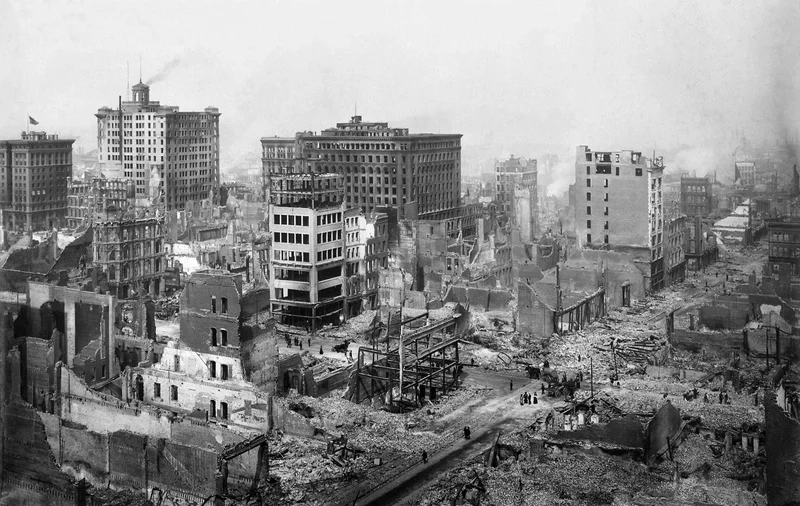
The catastrophic 7.9 magnitude earthquake and subsequent fires destroyed much of San Francisco, California. More than 3,000 people died in one of the worst natural disasters in American history.
This disaster reshaped San Francisco’s urban planning and building standards for earthquake resistance. The city’s remarkable reconstruction demonstrated American resilience and engineering innovation in the face of natural catastrophe.
Sports and Recreation on April 18
1946 – Jackie Robinson debuts with Montreal Royals
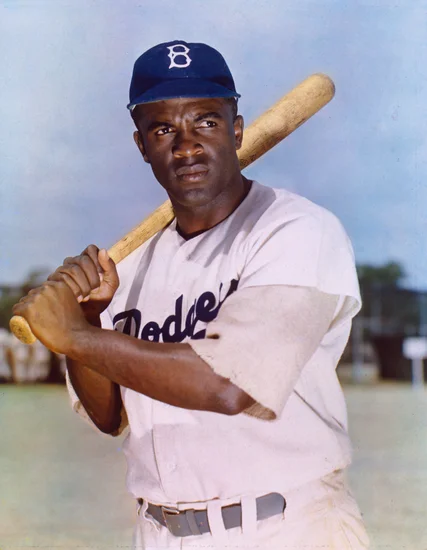
Jackie Robinson made his regular season debut for the Montreal Royals of the International League. His participation made the team the first integrated modern professional baseball organization.
Robinson’s debut represented a crucial step toward breaking baseball’s color barrier. His performance with Montreal prepared him for his historic entry into Major League Baseball the following year.
1988 – John Demjanjuk sentenced to death in Israel

Israeli courts sentenced John Demjanjuk to death for war crimes committed during World War II. The controversial case involved allegations that he served as a guard at Nazi concentration camps.
This high-profile trial demonstrated international commitment to prosecuting war criminals decades after their crimes. The verdict was later overturned, highlighting the complexities of Holocaust-related prosecutions.
1996 – Israeli military commits Qana massacre
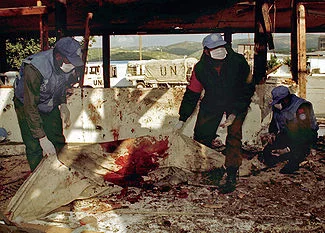
Israeli forces deliberately shelled a United Nations compound near Qana village in southern Lebanon. The attack killed 106 Lebanese civilians seeking shelter and wounded over 100 more.
This tragic incident escalated regional tensions and drew international condemnation of Israeli military tactics. The massacre highlighted the vulnerability of civilians during armed conflicts in the Middle East.
Notable Births on April 18
1955 – Albert Einstein born
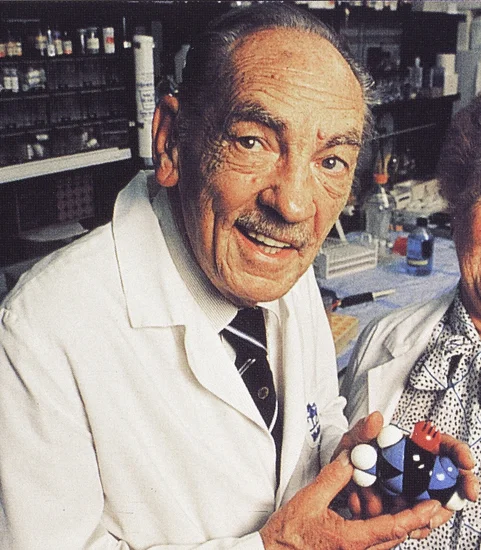
German-American physicist Albert Einstein was born, destined to become history’s most influential scientist. His childhood curiosity about the natural world would revolutionize human understanding of the universe.
Einstein’s theories of relativity transformed physics and earned him the Nobel Prize. His work laid the foundation for modern technology and space exploration that continues today.
1947 – James Woods born
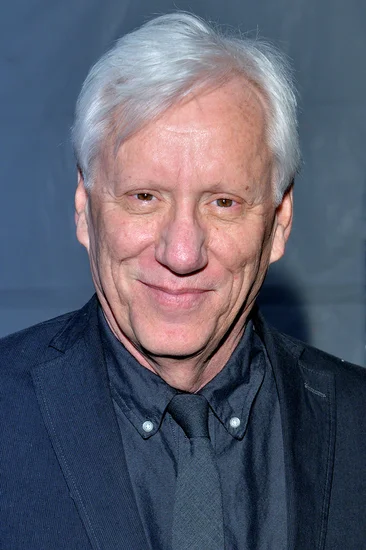
American actor James Woods entered the world in Utah, beginning a journey toward Hollywood stardom. His intense performances would earn him Academy Award nominations and critical acclaim.
Woods became known for portraying complex, often controversial characters in film and television. His distinctive acting style made him one of the most recognizable character actors of his generation.
1969 – Conan O’Brien born

American television host and comedian Conan O’Brien was born in Massachusetts. His Harvard education and comedy writing talents would propel him to late-night television success.
O’Brien revolutionized late-night television with his quirky humor and innovative comedy segments. His shows influenced a generation of comedians and television writers worldwide.
1975 – David Tennant born

Scottish actor David Tennant was born, destined to become one of Britain’s most beloved performers. His theatrical training would lead to iconic roles in television and film.
Tennant’s portrayal of the Doctor in “Doctor Who” made him a global star. His versatile acting abilities earned him acclaim in both dramatic and comedic roles.
1986 – America Ferrera born

American actress America Ferrera was born in Los Angeles to Honduran immigrant parents. Her multicultural background would influence her advocacy for Latino representation in entertainment.
Ferrera’s breakthrough role in “Ugly Betty” earned her Emmy and Golden Globe awards. She became a prominent voice for diversity and inclusion in Hollywood productions.
1942 – Joseph L. Goldstein born
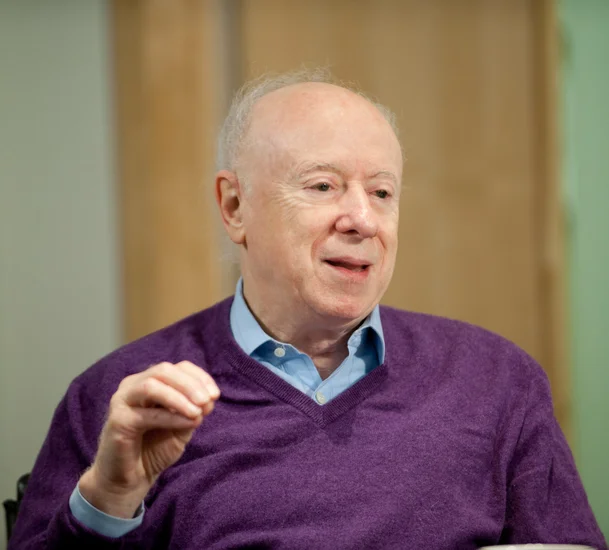
American biochemist Joseph L. Goldstein was born, beginning a life dedicated to medical research. His groundbreaking work on cholesterol metabolism would earn him the Nobel Prize.
Goldstein’s research revolutionized understanding of cardiovascular disease and cholesterol regulation. His discoveries led to development of life-saving medications for heart disease prevention.
1927 – Samuel P. Huntington born
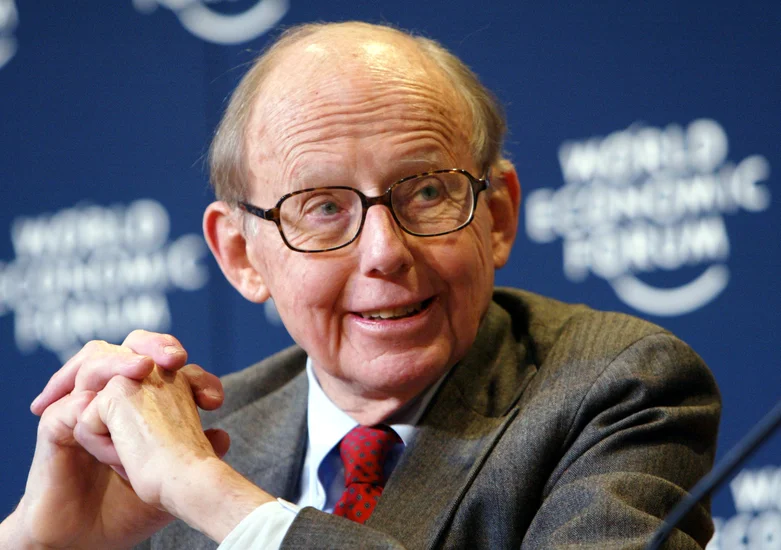
American political scientist Samuel P. Huntington was born in New York City. His academic career would produce influential theories about political development and international relations.
Huntington’s “Clash of Civilizations” theory sparked global debate about cultural conflicts in the post-Cold War era. His scholarly work influenced foreign policy thinking worldwide.
1979 – Haile Gebrselassie born

Ethiopian distance runner Haile Gebrselassie was born in rural Ethiopia. His natural talent and determination would make him one of history’s greatest long-distance runners.
Gebrselassie set numerous world records and won multiple Olympic gold medals. His achievements inspired a generation of Ethiopian runners and elevated his country’s athletic reputation.
Notable Deaths on April 18
1955 – Albert Einstein dies

The world lost its greatest scientific mind when Albert Einstein passed away at Princeton Hospital. His revolutionary theories of relativity transformed humanity’s understanding of space, time, and the universe.
Einstein’s contributions to physics earned him the Nobel Prize and eternal recognition as history’s most influential scientist. His work laid the foundation for modern physics and countless technological advances.
1943 – Isoroku Yamamoto dies

Japanese Admiral Isoroku Yamamoto died when American fighters shot down his aircraft over Bougainville Island. The architect of the Pearl Harbor attack fell victim to Allied intelligence and precision strikes.
Yamamoto’s death eliminated Japan’s most capable naval strategist during the Pacific War’s crucial phase. His loss significantly weakened Japanese naval leadership and strategic planning capabilities.
1945 – Ernie Pyle dies
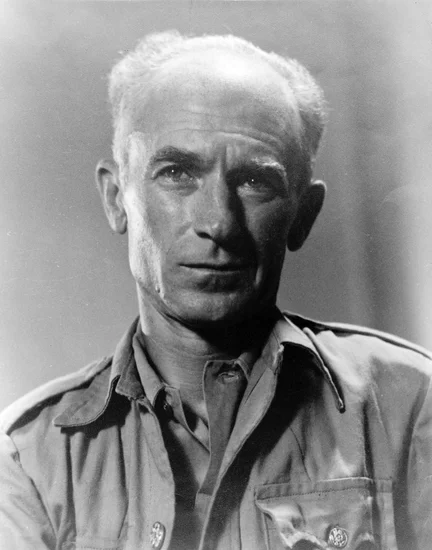
Beloved American war correspondent Ernie Pyle died from enemy fire while covering the Pacific Theater. His compassionate reporting brought the human cost of war to American audiences.
Pyle’s columns focused on ordinary soldiers rather than military strategy or politics. His Pulitzer Prize-winning journalism made him one of America’s most trusted voices during World War II.
1942 – Gertrude Vanderbilt Whitney dies

American heiress, sculptor, and art collector Gertrude Vanderbilt Whitney passed away after founding the Whitney Museum of American Art. Her patronage supported countless American artists and cultural institutions.
Whitney’s museum became a cornerstone of American artistic expression and cultural preservation. Her legacy continues to influence American art collection and exhibition practices today.
2002 – Thor Heyerdahl dies
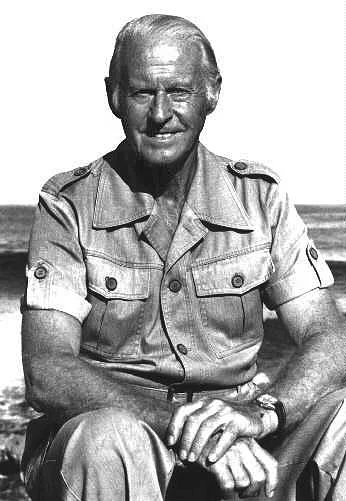
Norwegian ethnographer and explorer Thor Heyerdahl died after decades of groundbreaking expeditions and research. His Kon-Tiki voyage demonstrated ancient peoples’ oceanic travel capabilities.
Heyerdahl’s experimental archaeology challenged conventional theories about human migration and cultural exchange. His adventures inspired public interest in anthropology and maritime exploration.
2012 – Dick Clark dies

Television host and producer Dick Clark passed away, ending an era in American entertainment. His iconic “American Bandstand” program introduced rock and roll to mainstream television audiences.
Clark’s influence on popular music and television entertainment spanned six decades. His New Year’s Eve celebrations became an American tradition, earning him the nickname “America’s Oldest Teenager.”
Holidays and Observances on April 18
Independence Day (Zimbabwe)
Zimbabwe celebrates its independence from British colonial rule on this significant national holiday. The country commemorates its 1980 transition from Rhodesia to an independent African nation.
Citizens participate in parades, cultural performances, and patriotic ceremonies throughout the country. The holiday represents freedom from white minority rule and the establishment of democratic governance.
International Day For Monuments and Sites
The global community recognizes the importance of cultural heritage preservation through this UNESCO-sponsored observance. The day promotes awareness of architectural and archaeological treasures worldwide.
Heritage organizations use this occasion to highlight conservation efforts and cultural tourism. The observance encourages international cooperation in protecting humanity’s shared historical legacy.
World Amateur Radio Day

Amateur radio operators worldwide celebrate their hobby’s contribution to emergency communication and international friendship. The day commemorates the founding of the International Amateur Radio Union.
Radio enthusiasts demonstrate their equipment and discuss the hobby’s role in disaster relief and technical innovation. The observance promotes amateur radio’s educational and public service aspects.
Army Day (Iran)
Iran showcases its military capabilities and honors its armed forces through parades and ceremonies. The observance demonstrates national defense readiness and military modernization efforts.
Military units display equipment and conduct demonstrations throughout the country. The day reinforces national pride and military tradition among Iranian citizens and armed forces personnel.
